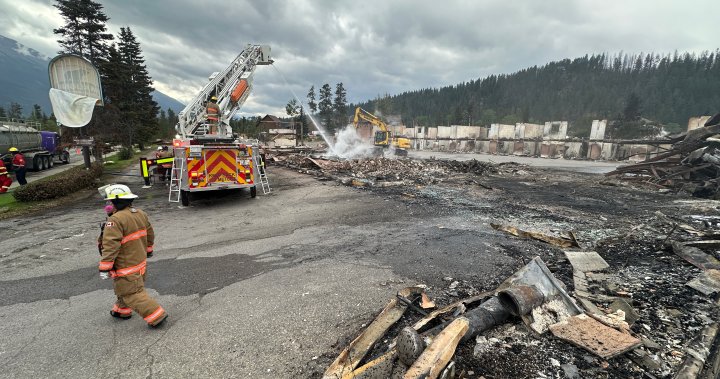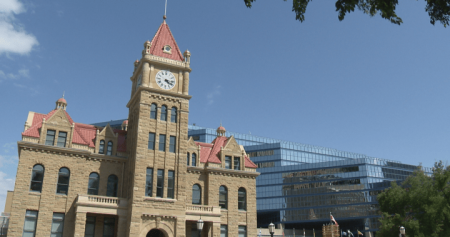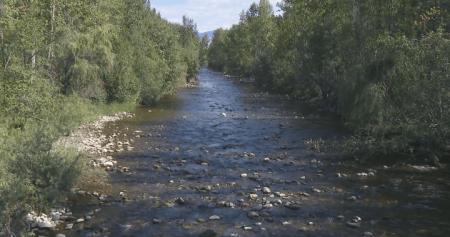Crews battling the wildfires in Jasper National Park in western Alberta were aided by cool and wet weather conditions that helped in addressing hot spots in smouldering buildings. The Canadian Armed Forces set up camp in Hinton, on the edge of the national park, to provide extra assistance. Approximately 30% of structures in the town of Jasper were damaged by the wildfire, with 358 out of 1113 buildings, including homes and businesses, being destroyed. Premier Danielle Smith stated that critical infrastructure, such as schools, hospitals, and water treatment services, remained intact. Despite the progress made by firefighters, residents are not yet allowed to return due to ongoing efforts to ensure the safety of gas pipelines and to prevent the re-ignition of the wildfire.
The damage caused by the wildfires in Jasper National Park was primarily contained to the west side of town, with structures such as the well-known Maligne Lodge and the mayor’s home being affected. Premier Danielle Smith credited the hard work of firefighters and front-line workers for preventing further damage in Jasper. Over 20,000 people, including nearly 5,000 residents of Jasper, were evacuated as wildfires threatened the town, fueled by intense winds reaching speeds of up to 100 km/h. The merging of two separate fires led to a total area burned or partially burned estimated at 360 square kilometers. As efforts continue to tame the wildfire and ensure the safety of essential services, residents await further updates on when they will be able to return to their homes and businesses in Jasper.
Parks Canada reported that a significant portion of Jasper National Park had been damaged by the wildfires, prompting the deployment of additional resources to combat the blazes and protect nearby communities. The fires led to the destruction of hundreds of buildings in Jasper, with damage mainly concentrated on the western side of the town. Premier Danielle Smith emphasized the importance of ensuring the safety of gas pipelines and power lines before allowing residents to return, as well as the need to prevent any potential re-ignition of the wildfire. Despite the challenges faced by firefighters, progress was made in containing hot spots and protecting critical infrastructure from the flames.
The impact of the wildfires on Jasper National Park and the town of Jasper was significant, resulting in the destruction of homes, businesses, and public buildings. Premier Danielle Smith highlighted the efforts of firefighters in safeguarding the community and preventing further damage. The merging of multiple fires posed a challenge for crews, who worked tirelessly to contain the blazes and protect essential services. As residents await clearance to return to Jasper, authorities are focused on assessing the safety of gas pipelines and power lines while working to fully extinguish the fire. The collaboration between different agencies, including the Canadian Armed Forces, has been crucial in the response to the wildfires and the protection of affected communities in western Alberta.
The wildfires in Jasper National Park underscored the importance of preparedness and collaboration in responding to natural disasters and safeguarding communities from potential threats. The impact of the fires on structures and infrastructure in Jasper highlighted the need for effective firefighting efforts and coordination among various agencies. Premier Danielle Smith’s acknowledgment of the firefighters’ hard work and dedication reflected the significant challenges faced during the wildfire response. As the fires are brought under control and efforts continue to ensure the safety of residents and infrastructure, the community of Jasper remains resilient in the face of adversity. The ongoing support from emergency responders and volunteers is integral to the recovery and rebuilding process in the aftermath of the wildfires in western Alberta.













